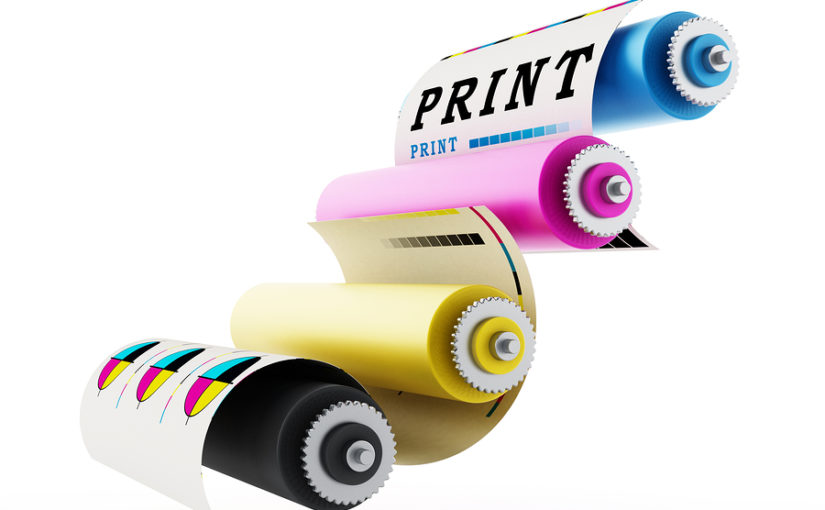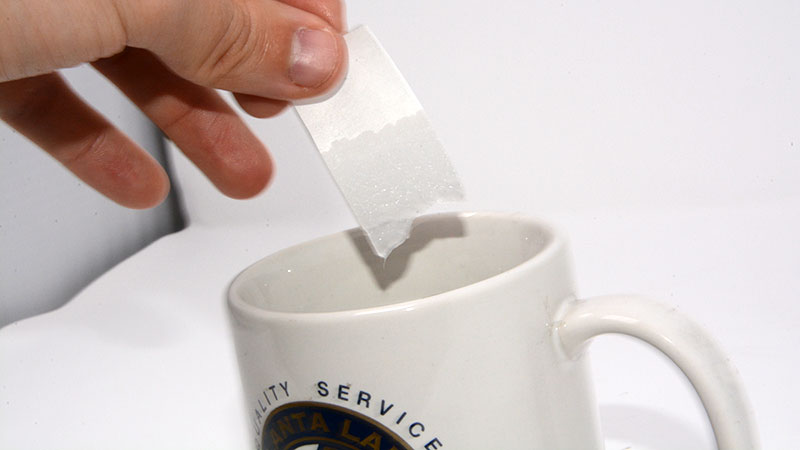Flexographic printing is a very common form of label production used in the print industry. At a very high level, Flexographic printing is a process that allows for a customer to purchase large amounts of labels, at quick turnaround speeds, and at an economical cost for everyone involved. Sounds pretty good right? Lots of people also think it sounds like a good idea, and that is why this method is used by so many print vendors.
Where is Flexographic printing used?
Flexographic printing presses are usually only used by label vendors to provide labels to clients and resellers (As opposed to home use). At a professional level, there are many different types of printing presses to choose from. Flexo presses are attractive because of their affordability, and that is especially true compared to the start-up costs of buying a digital press. Flexographic printing also has the advantage of being able to print on many types of materials (Also known as substrates). Depending on the press and the shop, flexographic presses can print on paper, film, foils, cardboard, tags, pouches, textiles, and more! We specialize mostly in paper and film, but flexographic presses are used to provide labels for many different industries and are very ‘flexible’ in their services.
Where did Flexographic Printing come from?
The original version of the Flexographic press was patented in 1890 and evolved into a primitive European version that used rubber plates. A recent push in technological advances has allowed for flexographic presses to produce labels at the quality that offset presses could for years. This technology has allowed flexographic presses to arguably gain the edge on production speed, cost, and practical use. Many technology colleges currently offer courses that pertain solely to operating these types of presses, so Flexo printing is not going the way of the DoDo any time soon.
How Does It Work?
- An art file is sent over to our Art Department, and that art file is then developed into a film.
- The film is used to create the flexible plates that will be used to apply the individual colors to the stock material (also known as the substrate). We create our plates in-house to get faster turnaround times for our customers.
- The inks are then mixed and set in ink pans at each color station of the press. The inks are applied through a process that utilizes a few steps and pieces of machinery. The first 3 parts are responsible for getting ink out of the pan and started on its journey, and they are known as the fountain roller, doctor blade, and anilox roller. The fountain roller is a plain rubber coated cylinder that sits in the ink & rotates in a circle. The fountain roller then applies the ink to the anilox roller which has a bunch of tiny pores on it that are used to absorb the ink & apply it in the next part of the process. The doctor blade (being a giant razor blade) smooths out the ink on the anilox roller into an even coat.
- The ink is then applied to the plate cylinder via the Anilox and then the design is applied to the material via with the plate cylinder. The impression cylinder squeezes the material onto the plate thus creating an ‘impression’ of the artwork needed for that color station. All of these components must be installed and adjusted so that the print impression is applied perfectly.
- Now that the art is on paper, the labels need to be cut into their desired shape. This is accomplish through a piece of tooling called a die. A die is another cylinder that is solely used to cut out the desired shape and size of the label.
- The finished large roll of labels is then given to the finishing department to rewind and box the labels accordingly. (Or, it is stacked at the press station if the labels are printed in sheets).
Advantages and Disadvantages
Advantages of flexographic printing
- Low cost of equipment
- Fast run speeds
- Can print on multiple material types
- Lower costs of labels
- Many color stations allows for the use of 4 color process and spot colors
Disadvantages of flexographic printing
- Color matching not as accurate as hex colors on digital
- Needs very skilled operators
- More variance
- Plate material is expensive compared to other plate types
- Setup and clean up times are higher than digital




